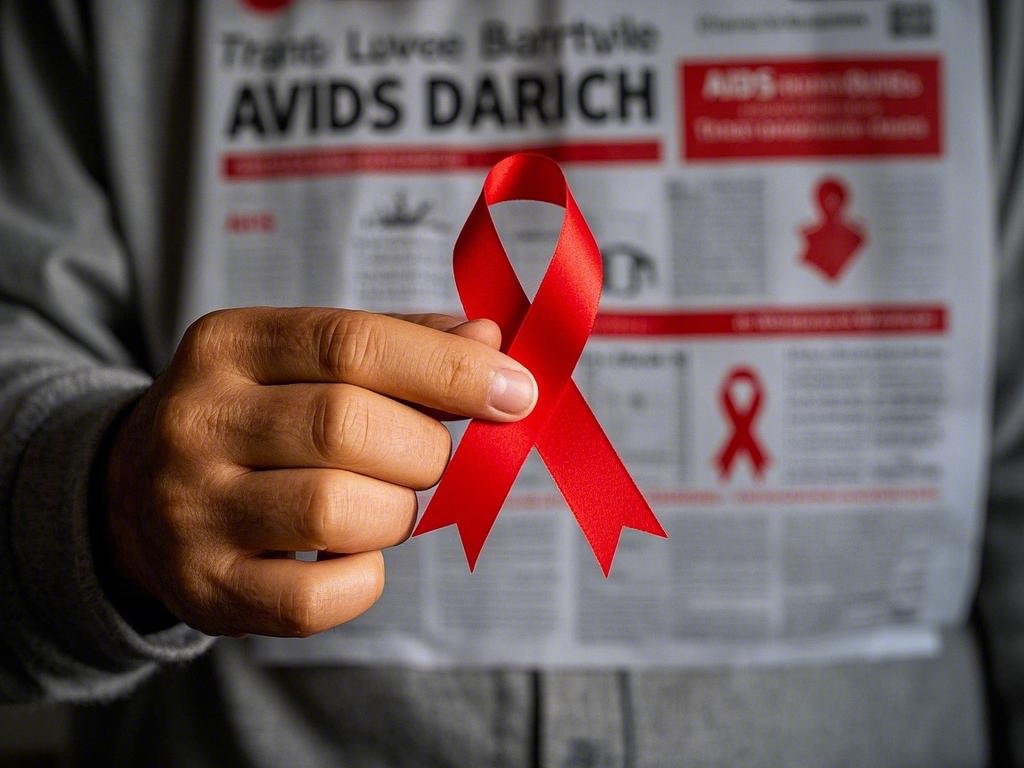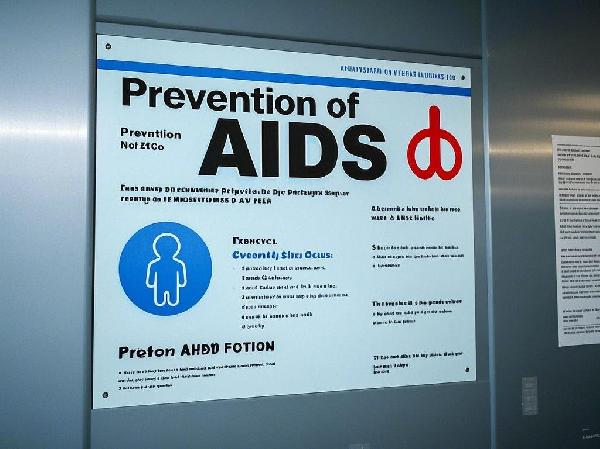Varicocele, a condition characterized by the abnormal enlargement of veins within the scrotum, is a significant concern for male reproductive health. It is broadly categorized into primary and secondary types. Primary varicocele arises from congenital factors, while secondary varicocele results from external compression of the veins or retrograde blood flow due to conditions affecting the renal vein. This article focuses on primary varicocele, which is often associated with impaired fertility and remains a leading reason for medical consultation.

The Complex Mechanisms Behind Varicocele-Related Infertility
The relationship between varicocele and male infertility is multifaceted, involving a combination of factors that disrupt normal testicular function. One widely accepted theory is that increased pressure in the spermatic vein reduces effective blood flow to the testes, leading to the atrophy and apoptosis of spermatogenic cells. This, in turn, diminishes sperm production and lowers testosterone levels. Other potential mechanisms include elevated scrotal temperature and the backflow of renal toxins into the testes, both of which can further impair sperm quality.
Global Trends and the Rise of Varicocele Cases
Over the past three decades, the rapid industrialization and environmental degradation have contributed to a noticeable decline in male sperm quality. This trend, coupled with the prevalence of varicocele, has spurred advancements in diagnostic and treatment technologies for the condition. While varicocele affects approximately 10–15% of the general population, its role in male infertility is increasingly recognized as a contributing factor rather than a standalone cause.
Treatment Outcomes and Unresolved Questions
Surgical and pharmacological interventions have shown promise in improving semen parameters for many patients with varicocele. However, their impact on pregnancy rates remains inconclusive. Current research suggests that varicocele acts as a synergistic factor in male infertility, interacting with genetic and environmental influences to exacerbate sperm quality issues.
The Broader Context of Male Reproductive Health
As environmental and lifestyle factors continue to shape male fertility outcomes, understanding the interplay between varicocele and other contributing elements is crucial. While treatments can address specific aspects of the condition, a holistic approach that considers genetic predispositions and environmental exposures is essential for improving reproductive health outcomes.
Conclusion
Varicocele represents a complex challenge in male reproductive health, with its impact on fertility influenced by a combination of physiological, genetic, and environmental factors. While advancements in treatment offer hope for affected individuals, further research is needed to clarify the condition's role in infertility and optimize therapeutic strategies. Addressing the broader context of male fertility will require a multidisciplinary approach, integrating insights from urology, genetics, and environmental science.
























